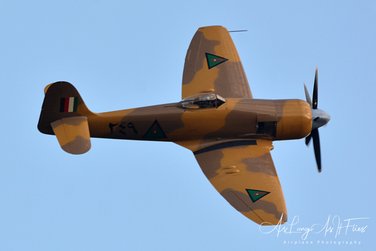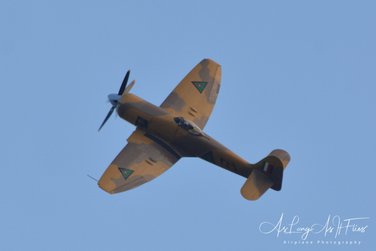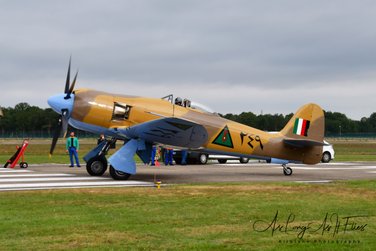As Long As It Flies
Warbirds
Hawker Sea Fury
The Hawker Sea Fury is a British fighter aircraft designed and manufactured by Hawker Aircraft. It was the last propeller-driven fighter to serve with the Royal Navy, and one of the fastest production single reciprocating engine aircraft ever built.
Developed during the Second World War, the Sea Fury entered service two years after the war ended. It proved to be a popular aircraft with a number of overseas militaries and was used during the Korean War in the early 1950s, and by the Cuban air force during the 1961 Bay of Pigs Invasion.
The Sea Fury's development was formally initiated in 1943 in response to a wartime requirement of the Royal Air Force (RAF), with the aircraft initially named Fury.
As the Second World War drew to a close, the RAF cancelled their order for the aircraft; however, the Royal Navy saw the type as a suitable carrier aircraft to replace a range of increasingly obsolete or poorly suited aircraft being operated by the Fleet Air Arm.
Development of the Sea Fury proceeded, and the type began entering operational service in 1947.
With the end of the Second World War in Europe in sight, the RAF began cancelling many aircraft orders.
The RAF's order for the Fury was cancelled before any production aircraft were built because the RAF already had large numbers of late Mark Spitfires and Tempests and viewed the Fury as an unnecessary overlap with these aircraft.
Although the RAF had pulled out of the programme, development of the type continued as the Sea Fury.
Many of the Fleet Air Arm's carrier fighters were Seafires and Lend-Lease Corsairs. The Seafire had considerable drawbacks as a naval aircraft, notably the narrow undercarriage, while the Corsairs had to be returned or purchased. The Admiralty opted to procure the Sea Fury as the successor to these aircraft.
The Sea Fury attracted international orders as both a carrier and land-based aircraft. It was operated by countries including Australia, Burma, Canada, Cuba, Egypt, West Germany, Iraq (Pictures), and Pakistan.
The type acquitted itself well in the Korean War, fighting effectively even against the MiG-15 jet fighter.
Although the Sea Fury was retired by the majority of its military operators in the late 1950s in favour of jet-propelled aircraft, a considerable number of aircraft saw subsequent use in the civil sector, and several remain airworthy in the 21st century as heritage and racing aircraft.



